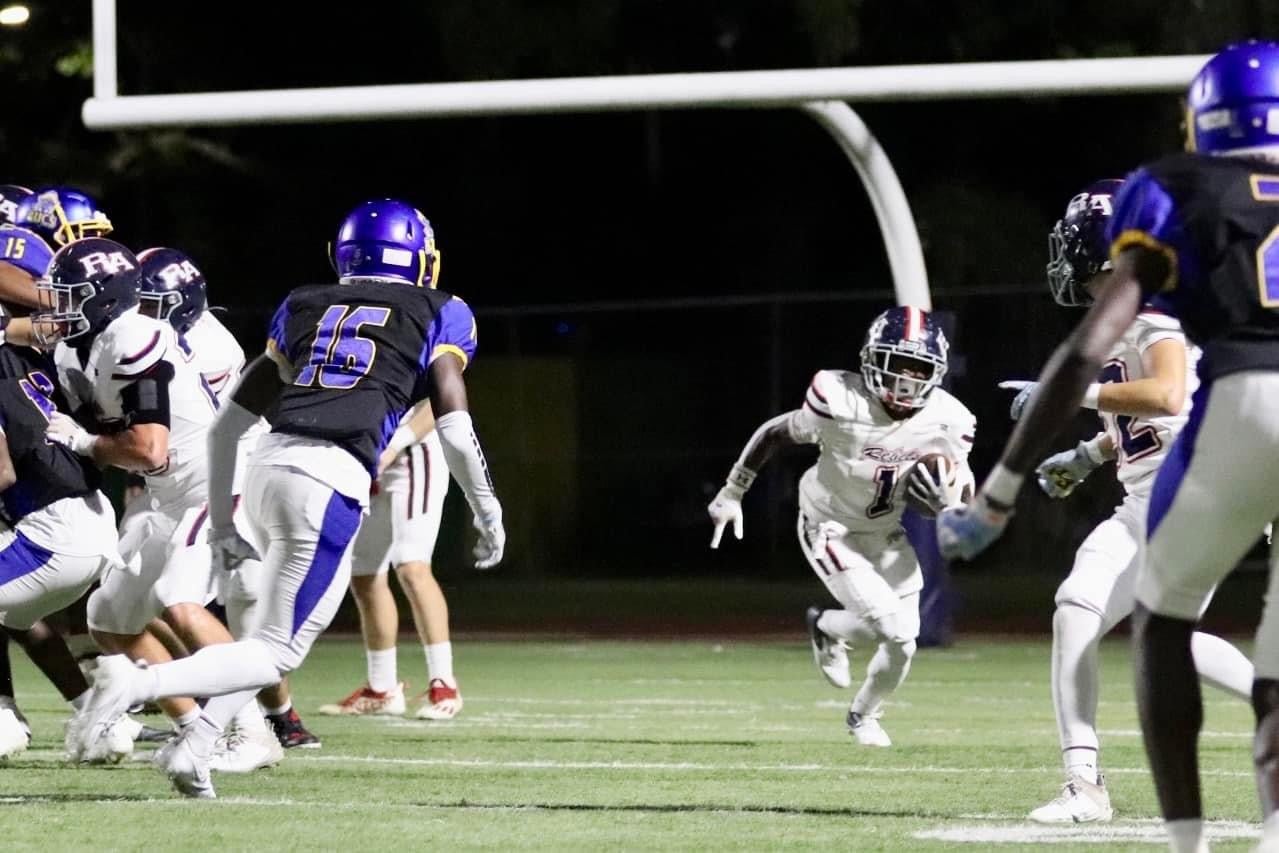OUTDOORS: New Year’s wish: Land a trophy trout
Published 12:00 am Tuesday, January 7, 2003
By DON DUBUC
It is a safe bet that lots of Louisiana saltwater anglers are sharing the same wish for the coming New Year – to catch a trophy speckled trout.
Under a new program, state biologists are hoping to help anglers, even if not as quickly as this year, do just that. And to accomplish that, they will be calling on anglers to assist them.
It is called Louisiana Trout Watchers, a joint effort of the LSU AgCenter’s Sea Grant Program, the Louisiana Department of Wildlife and Fisheries and the LSU Coastal Fisheries Institute. Its mission will be to gather information to learn more about the make-up of large speckled trout.
Speckled trout are the most sought-after saltwater species, not only in this state, but also across the Gulf of Mexico. Some anglers like to catch lots of trout; others like to catch big trout, so the demands on fisheries managers are high.
Armed with as much data as available, biologists can present scenarios to anglers to help them decide what course of management should be followed.
There already is a lot of information bout the biology of speckled trout but age and growth data on big trout is still sketchy. Some six-pound and larger fish are genetically fast-growing 3-year-old fish and some are 8-9-year-old fish.
Securing those scarce big trout with test nets is difficult. By using the manpower and man-hours of local anglers, more trophy trout can be studied in a cost efficient manner.
The program is currently seeking volunteer “Trout Watchers.” They will be trained in how to collect the data needed from their catch, including removing “otoliths” or ear bones.
Volunteers will provide otoliths for the LDWF Marine Lab where the ear bones are cut and analyzed. Similar to tree rings, scientists can by reading the growth rings in an otolith, determine the age of a fish.
Otoliths can also be subject to other microbiological testing that may give biologists an indication of the fish’s diet, habitat and genetics.
Since this study is about big trout, only otoliths from speckled trout 25 inches or longer will be accepted. A 25-inch speck averages about 5.7 pounds. Only anglers who catch at least one 25-inch or larger trout per year should apply.
All anglers accepted as a Trout Watcher will receive a cap and shoulder patch identifying them as Louisiana Trout Watchers. Organizers are hoping to sing up 100 qualified watchers. Qualified anglers who are interested in becoming trout watchers may call Jerald Horst at 504-838-1170 or email him at jhorst@agctr.lsu.edu to register.
Are Texas trout really bigger?
There is an old saying, “everything’s bigger in Texas. While there is some truth to it when it comes to speckled trout, Louisiana is not far behind.
Consider the following. Texas’ state record is 13.69 pounds caught in 1996. Ours is a 12.38-pounder caught in 1950 by Leon Mattes. Texas’ top three are all more than 13 pounds.
However, Louisiana’s eighth through 10th place are all bigger than theirs. And while Texas’ Top Ten specks average 11.58 pounds, ours is 11.02 pounds. Throw out the first three places and Louisiana specks dominate. And that tells me although Texas may catch a few really huge trout, we certainly catch many more quality specks in the six-plus-pound range.
DON DUBUC is the outdoors reporter for L’Observateur.





